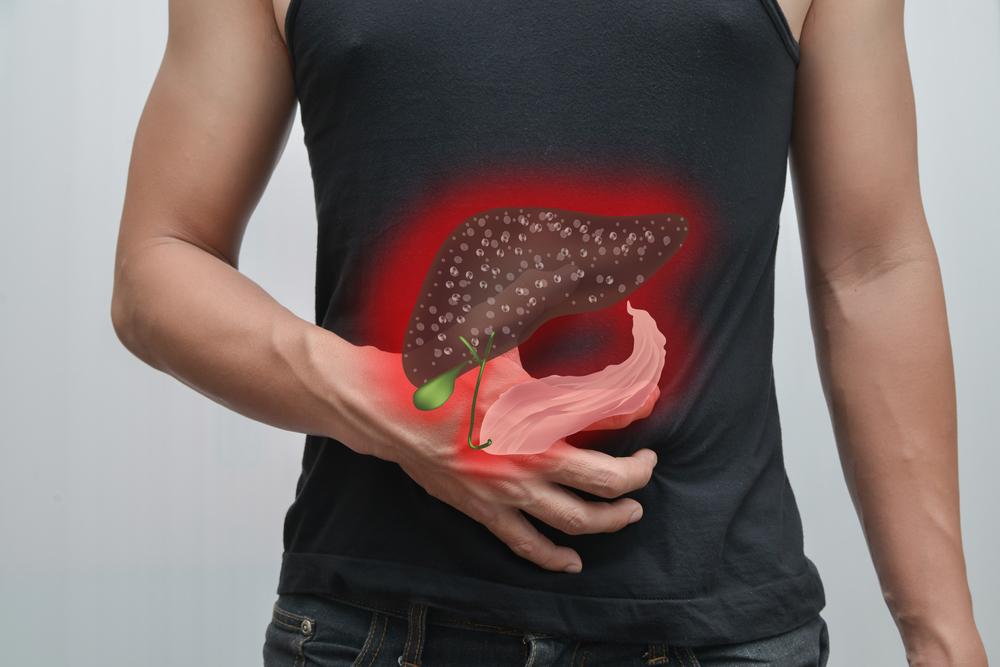A Comprehensive Guide to Sexual Dysfunction: Causes, Symptoms, and Prevention Strategies
This comprehensive article explores sexual dysfunction, including its symptoms, causes, and prevention methods. It emphasizes the importance of recognizing signs early, understanding hormonal and health-related factors, and seeking appropriate treatment. By addressing both psychological and physical aspects, individuals can improve their sexual health and intimacy, fostering healthier relationships. The guide also offers insights into risk factors such as trauma, stress, and chronic illnesses, helping readers to identify potential issues and take proactive steps towards recovery and well-being.

Understanding Sexual Dysfunction: Causes, Symptoms, and Prevention Strategies
Sexual dysfunction is a common issue that can impact individuals and couples, leading to distress in their intimate lives. It refers to difficulties experienced during any phase of the sexual response cycle, including desire, arousal, orgasm, or pain. Healthy sexual intimacy involves mutual satisfaction, emotional connection, and physical pleasure. However, various biological, psychological, and social factors can interfere with these processes, making sexual activity less enjoyable or even problematic for many people. Recognizing the signs early and understanding the root causes are essential steps toward effective management and improved quality of life.
While discussing sexual health may feel uncomfortable for some, addressing the topic openly is vital for overall well-being. This comprehensive guide delves into the common symptoms of sexual dysfunction, explores the underlying causes, and highlights the risk factors that can contribute to its development. With increased awareness and proactive approaches, individuals and couples can find effective ways to overcome these challenges and restore fulfilling intimate relationships.
Recognizing the Signs of Sexual Dysfunction
Lack of Sexual Desire
When an individual experiences a persistent decline in interest or desire for sexual activity, it may be a sign of underlying health or emotional issues. This decrease in libido can stem from hormonal imbalances, stress, fatigue, or psychological factors like depression or anxiety.
Difficulty Achieving Orgasm
Even with normal levels of arousal, some people find it challenging to reach orgasm. This can impact satisfaction and lead to frustration or relationship strain. Conditions like nerve damage, medication side effects, or psychological barriers may contribute.
Pain During Sexual Activity
Discomfort or pain during intimacy can discourage engagement and may be indicative of physical or emotional issues such as infections, pelvic floor problems, or past trauma.
The origins of sexual dysfunction are diverse, often involving hormonal fluctuations, physical health issues, and psychological factors. Hormonal changes, especially during significant life stages like postpartum or menopause, can greatly affect libido and arousal. Additionally, underlying health conditions such as diabetes, cardiovascular diseases, and certain types of cancer are known to increase the risk of experiencing sexual difficulties.
Understanding the specific causes is critical to developing effective treatment strategies. The main causes include:
Psychological Factors
Anxiety, depression, emotional stress, and relationship problems often play a central role in sexual dysfunction. Psychological barriers can diminish sexual desire or interfere with arousal and orgasm, creating a cycle that worsens over time.
Physical Health Conditions
Chronic illnesses like hypertension, heart disease, kidney issues, and urinary problems can impair blood flow, nerve function, and overall stamina, leading to reduced sexual desire and difficulty during intimacy.
Hormonal Shifts
Fluctuations in hormone levels, particularly estrogen and testosterone, affect libido. For women, menopause involves decreased estrogen production, which can reduce pelvic blood flow and make arousal more challenging.
Besides these primary causes, other risk factors include previous sexual trauma, mental health disorders such as bipolar disorder, neurological conditions like multiple sclerosis, and continuous emotional stress. Recognizing these factors early facilitates timely intervention and can significantly improve outcomes for those affected.





